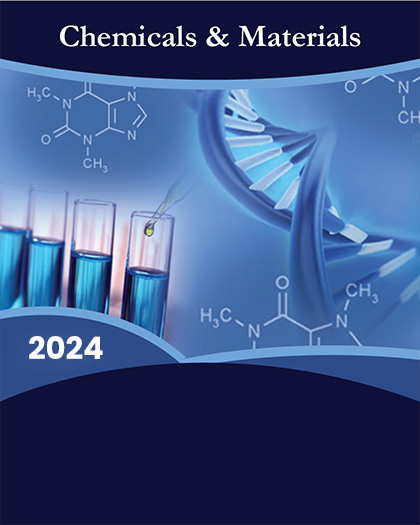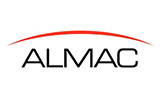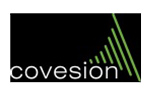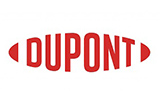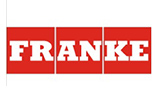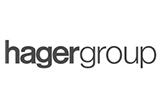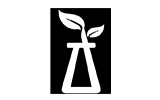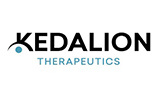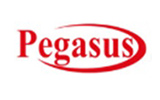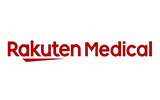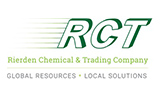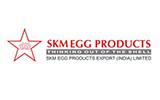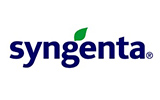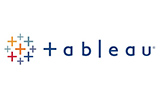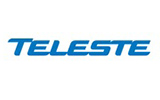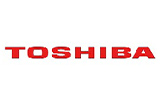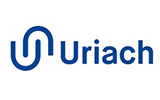
The Global Synthetic And Bio-based Polypropylene Market is valued at approximately USD 50.31 billion in 2023 and is projected to expand significantly, reaching USD 97.10 billion by 2032, with a remarkable compound annual growth rate (CAGR) of 7.58% during the forecast period. Synthetic and bio-based polypropylene stands out as a high-performance polymer, leveraging its versatility and sustainability to cater to diverse industrial applications. From packaging to automotive components and consumer products, polypropylene's wide range of applications has positioned it as a crucial material in modern manufacturing processes. The advent of bio-based alternatives further highlights the market's shift towards environmentally responsible and resource-efficient solutions.
A combination of factors propels the market's robust growth. The increasing demand for lightweight materials in the automotive sector, aimed at enhancing fuel efficiency and reducing emissions, has significantly amplified the adoption of polypropylene. Moreover, the packaging industry's reliance on polypropylene for its durability, recyclability, and chemical resistance continues to reinforce its market prominence. However, challenges such as fluctuating raw material prices and complexities associated with bio-based polypropylene production may restrain growth to some extent. Nonetheless, technological advancements, coupled with the growing integration of renewable feedstocks, are expected to mitigate these challenges and unlock new opportunities.
Geographically, North America commands a significant share of the global market, driven by advancements in automotive and packaging industries. Europe follows closely, benefitting from stringent regulations promoting sustainable materials and a strong focus on bio-based innovations. Meanwhile, the Asia-Pacific region is anticipated to witness the fastest growth over the forecast period. Rapid industrialization, coupled with expanding automotive and consumer goods sectors in countries like China, India, and Japan, underpins the region's impressive trajectory. Emerging markets in Latin America and the Middle East & Africa are also poised for notable growth, bolstered by infrastructural developments and increasing awareness of eco-friendly solutions.
Technological advancements have dramatically transformed the synthetic and bio-based polypropylene market, with a pronounced emphasis on enhancing product efficiency and sustainability. Innovations in polymerization techniques, such as metallocene and single-site processes, are driving the development of high-performance polypropylene grades tailored to specific applications. Additionally, strategic collaborations among industry leaders to scale bio-based polypropylene production are fostering market expansion, aligning the industry with global environmental goals.
Major market players included in this report are:
LyondellBasell Industries
SABIC
Braskem
ExxonMobil Corporation
TotalEnergies
Borealis AG
INEOS Group Holdings S.A.
BASF SE
Repsol S.A.
Mitsubishi Chemical Corporation
Covestro AG
Dow Inc.
LG Chem Ltd.
Arkema S.A.
Sinopec Corporation
The detailed segments and sub-segment of the market are explained below:
By Raw Material:
Petroleum
Natural Gas
Biomass
By Application:
Packaging
Automotive
Consumer Products
Industrial
By Grade:
Homopolymer
Copolymer
Random Copolymer
By Process:
Ziegler-Natta
Metallocene
Single-Site
By Region: North America:
U.S.
Canada
Europe:
UK
Germany
France
Spain
Italy
Rest of Europe (ROE)
Asia-Pacific:
China
India
Japan
Australia
South Korea
Rest of Asia-Pacific (RoAPAC)
Latin America:
Brazil
Mexico
Rest of Latin America
Middle East & Africa:
Saudi Arabia
South Africa
Rest of Middle East & Africa (RoMEA)
Years considered for the study are as follows:
Historical year - 2022
Base year - 2023
Forecast period - 2024 to 2032
Key Takeaways:
Market Estimates & Forecast for 10 years from 2022 to 2032.
Annualized revenues and regional-level analysis for each market segment.
Detailed analysis of the geographical landscape with country-level analysis of major regions.
Competitive landscape with information on major players in the market.
Analysis of key business strategies and recommendations on future market approaches.
Analysis of the competitive structure of the market.
Demand-side and supply-side analysis of the market.

